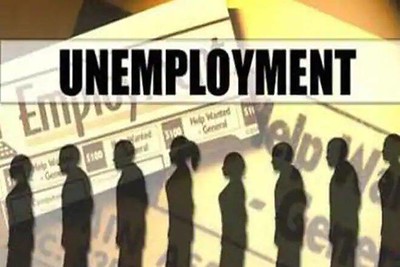US Unemployment Rate Spikes to 3.8% as Labor Market Shifts into Lower Gear
In the ever-evolving landscape of the American economy, the US unemployment rate has recently taken a noticeable turn, surging to 3.8%. This significant uptick in unemployment has raised eyebrows and prompted discussions about the state of the labor market. In this article, we delve into the factors behind this sudden spike, its potential implications, and what it means for both job seekers and employers.
Uncovering the Numbers
The latest unemployment figures, with a 3.8% rate, have caught the attention of economists and policymakers alike. While this may not seem alarmingly high, it represents a significant departure from the lower rates observed in recent years. To understand this shift, we need to explore the factors contributing to the rise in unemployment.
Factors Behind the Spike
- Economic Cycles: The labor market is inherently cyclical, and it often experiences fluctuations. Economic cycles can be influenced by a variety of factors, including consumer spending, business investment, and government policies. An economic downturn can lead to job losses and an increase in the unemployment rate.
- COVID-19 Pandemic: The ongoing effects of the COVID-19 pandemic continue to ripple through the labor market. While significant progress has been made in recovery, certain industries, such as hospitality and travel, are still grappling with the aftermath of lockdowns and travel restrictions.
- Automation and Technological Advancements: Automation and technological advancements have reshaped the job landscape. Certain jobs are being replaced by machines or streamlined through technology, leading to workforce transitions and potential unemployment for those whose skills don’t align with the changing demands.
Implications for Job Seekers
For individuals seeking employment, a higher unemployment rate can mean increased competition for available positions. This might require job seekers to enhance their skills, explore new career paths, or consider relocating to areas with more favorable job markets.
Implications for Employers
Employers, on the other hand, may find a larger pool of potential candidates to choose from. However, they should remain mindful of the shifting labor market dynamics. Attracting and retaining top talent may require offering competitive salaries and benefits, as well as providing opportunities for skill development and growth within the organization.
Government Response
In response to rising unemployment, governments at the federal and state levels may implement policies aimed at stimulating job growth. These measures could include infrastructure investments, workforce development programs, and tax incentives for businesses that hire new employees.
Conclusion
The recent spike in the US unemployment rate to 3.8% is a reflection of the complex interplay of economic factors, including the ongoing impact of the COVID-19 pandemic and technological advancements. While this shift in the labor market presents challenges for job seekers, it also offers opportunities for employers to tap into a larger talent pool. It is crucial for both individuals and businesses to adapt to these changing conditions and remain agile in the face of evolving economic trends. By doing so, they can navigate the shifting labor market with confidence and resilience.












